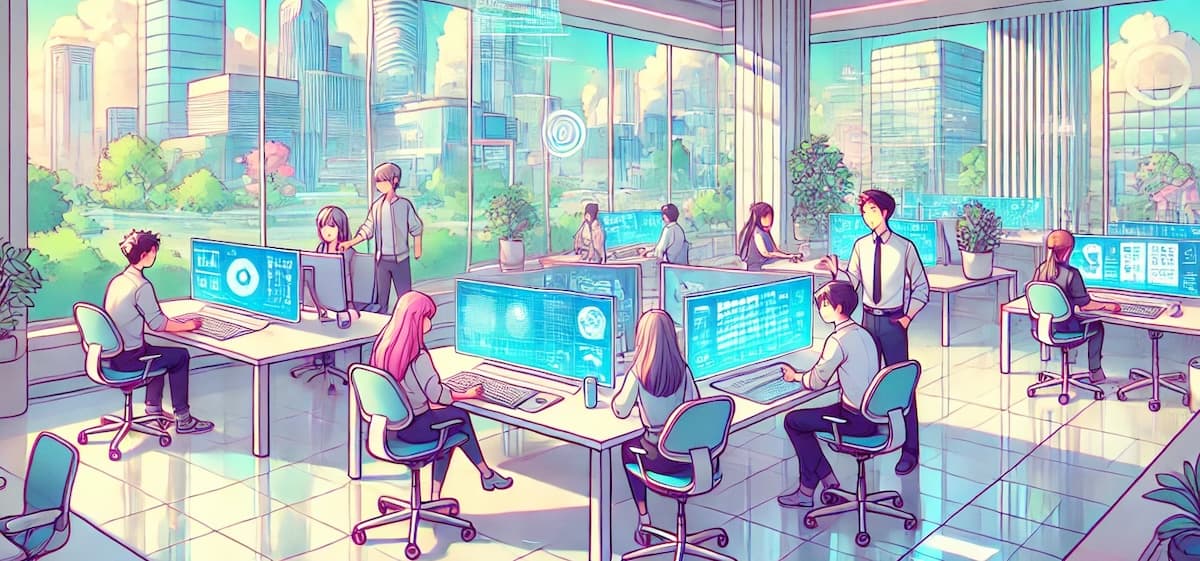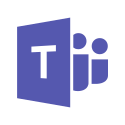
Today's Tech Stack Demands Remote and Agile – What's Next?

In an era where 94% of organizations embrace Agile methodologies, the synergy between remote and Agile practices and cutting-edge tech stacks is more crucial than ever.
As remote work becomes the new standard, how can Agile teams stay ahead of the curve, leveraging the latest tools and techniques to meet the dynamic demands of today's tech ecosystem? Let's explore.
The Evolution of the Tech Stack
Tech stacks have undergone a significant transformation over the past few decades. Initially, they were monolithic and localized, primarily focusing on mainframe and on-premise systems. The rise of the Internet and open-source software in the 1990s paved the way for more modular, flexible architectures. Fast-forward to today, and we see an ecosystem dominated by microservices, cloud computing, and DevOps practices.
Today's tech stacks are highly decentralized and modular. The shift towards remote work has accelerated the adoption of cloud-native applications. The new technology enabled teams to build, deploy, and scale applications more efficiently. Agile frameworks have become essential, fostering an environment where continuous improvement and rapid iteration are the norms.
Why Remote and Agile are Crucial Today
The Remote Work Revolution
The COVID-19 pandemic was a catalyst for the remote work revolution, but the trend was already gaining momentum. Companies realized that remote work could increase productivity, lower overhead costs, and access a global talent pool.
However, this shift necessitated reevaluating tech stacks to ensure seamless, secure, and efficient operations across remote teams.
Agility in Software Development
Due to the tech industry's ever-changing demands, agile methodologies are indispensable. They promote flexibility, collaboration, and customer-centric development. Agile practices like SCRUM enable teams to deliver high-quality software faster and more reliably, adapting quickly to changing market demands and technological advancements.
What Are the Key Components of a Modern Tech Stack?
1. Cloud Services
Cloud computing is the backbone of a modern tech stack, providing the scalability and flexibility needed to support remote and Agile operations. Services like AWS, Azure, and Google Cloud offer a range of solutions, from infrastructure as a service (IaaS) to platform as a service (PaaS), enabling teams to build and deploy applications without the constraints of traditional on-premise systems.
2. DevOps Tools
DevOps tools are essential for facilitating continuous integration and delivery (CI/CD). Tools like Jenkins, Docker, and Kubernetes automate the deployment process, ensuring that code can be tested, integrated, and delivered rapidly and reliably. This automation is crucial for maintaining the agility and speed required in today's competitive landscape.
3. Collaboration Tools
Effective collaboration is the bedrock of successful remote teams. Tools like Slack, Trello, and Microsoft Teams are indispensable, enabling real-time communication and project management. These tools help maintain alignment, foster teamwork, and ensure everyone is on the same page, regardless of location.
4. Security Measures
Robust security measures are more important than ever in a remote work environment. Implementing zero-trust architecture, multi-factor authentication, and end-to-end encryption helps protect sensitive data and ensure compliance with regulations. Companies like Palo Alto Networks provide comprehensive security solutions tailored to the needs of modern, distributed teams.
What Are the Challenges of the Tech Stack?
Adopting an agile and remote tech stack is a strategic move with significant benefits, but it comes with its own set of challenges. The following table highlights the most common challenges and how an agile team can overcome them efficiently:
Challenges | How to Overcome Them |
Seamless Communication and Collaboration | Invest in robust collaboration tools (e.g., Slack, Zoom) and establish clear communication protocols. |
Time Zone Management | Implement flexible working hours, use asynchronous communication tools, and schedule regular overlap periods. |
Security and Compliance | Deploy robust security measures (e.g., VPNs, encryption), and conduct regular security audits and training. |
Integration of Tools and Technologies | Use integration platforms (e.g., Zapier, MuleSoft) to ensure seamless connectivity between tools, and continuously monitor integrations. |
Consistency in Agile Practices | Standardize agile practices across teams with clear guidelines, regular training, and dedicated agile coaches. |
Employee Engagement and Morale | Organize virtual team-building activities, regular check-ins, and provide opportunities for remote social interactions. |
Technical Support and Training | Offer 24/7 technical support, provide online training resources, and schedule regular training sessions. |
Performance Monitoring and Accountability | Use performance tracking tools (e.g., Jira, Trello), set clear performance metrics, and conduct regular reviews and feedback sessions. |
What Does the Future Hold for Tech Stacks?
The future of tech stacks will be shaped by emerging technologies such as AI, machine learning, and edge computing. These technologies promise to enhance tech stacks' capabilities, enabling more intelligent, autonomous, and efficient operations.
Looking ahead, we can anticipate several key trends:
The continued rise of remote and hybrid work: Remote work is here to stay, and more companies are adopting hybrid models that combine remote and on-site work.
Adapting Agile for remote settings: Agile practices will continue to evolve, incorporating new techniques and tools designed specifically for remote teams.
Overcoming remote Agile challenges: Organizations will develop more sophisticated strategies to address the unique challenges of remote agile environments, such as maintaining team cohesion and managing asynchronous workflows.
Hybrid Agile environments: Integrating remote and on-site work will lead to the development of hybrid agile methodologies, which combine the best of both worlds.
Embracing AI and automation: AI and automation will play an increasingly important role in tech stacks, driving efficiencies and enabling more intelligent decision-making.
Takeaway
The evolution of tech stacks reflects the broader shifts in the tech industry, driven by the demands of remote and agile work environments. Organizations can build a resilient, efficient, and scalable tech stack by embracing cloud services, DevOps tools, collaboration platforms, and robust security measures.
Team O'Clock's agile solutions are designed to help you navigate this landscape, offering tools that support remote and agile operations. Whether you're looking to enhance your existing tech stack or build a new one from the ground up, Team O'Clock provides the guidance and expertise you need to succeed.
Boost your Agile skills and experience the benefits of a modern, agile tech stack firsthand by signing up and using our free 15-day trial.








